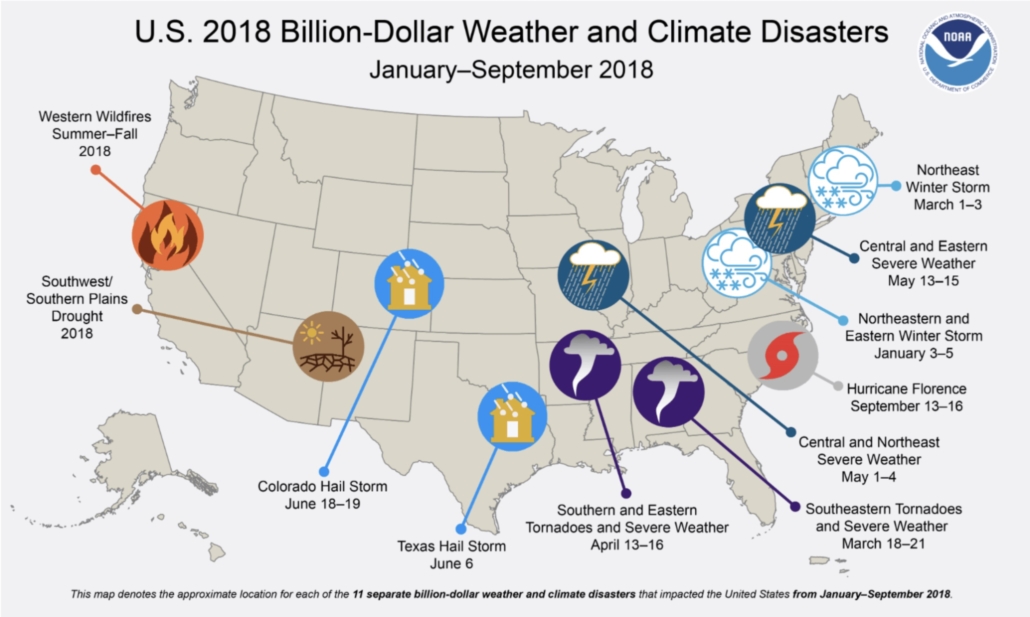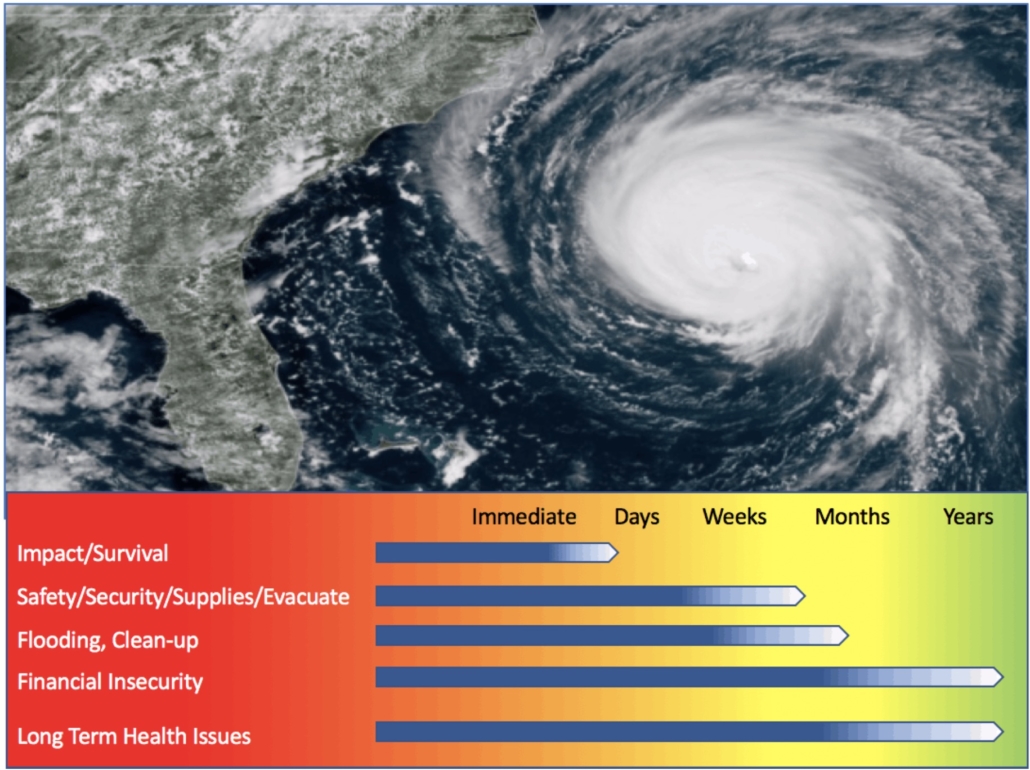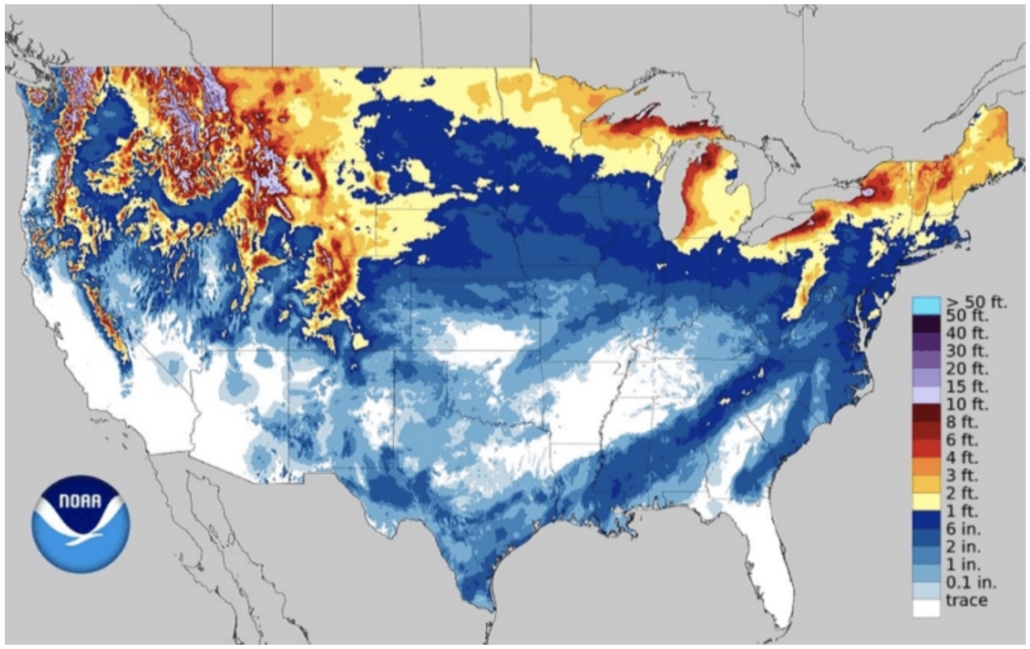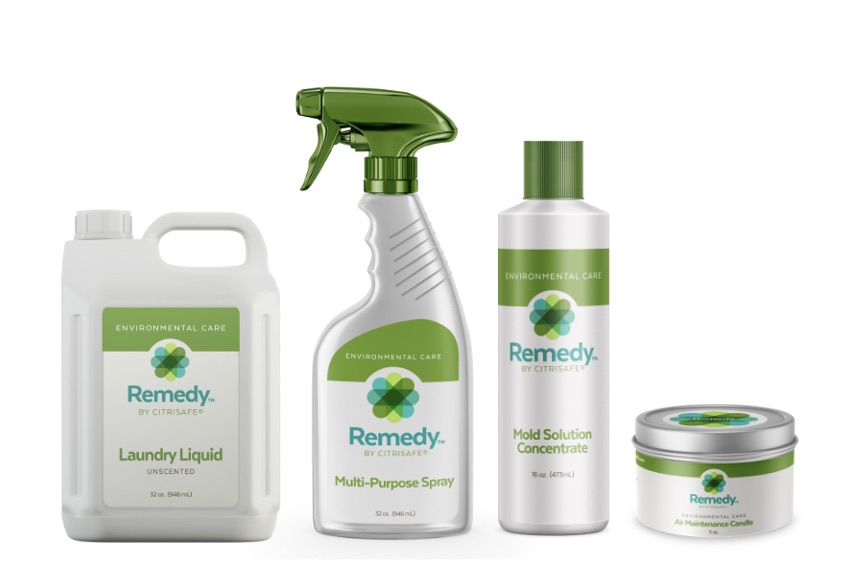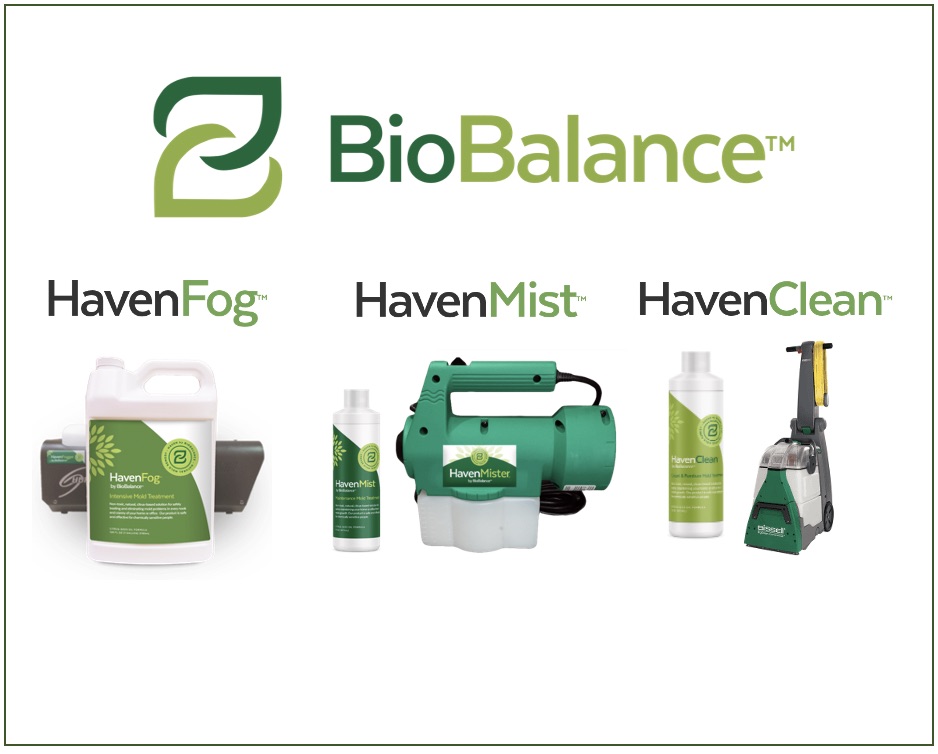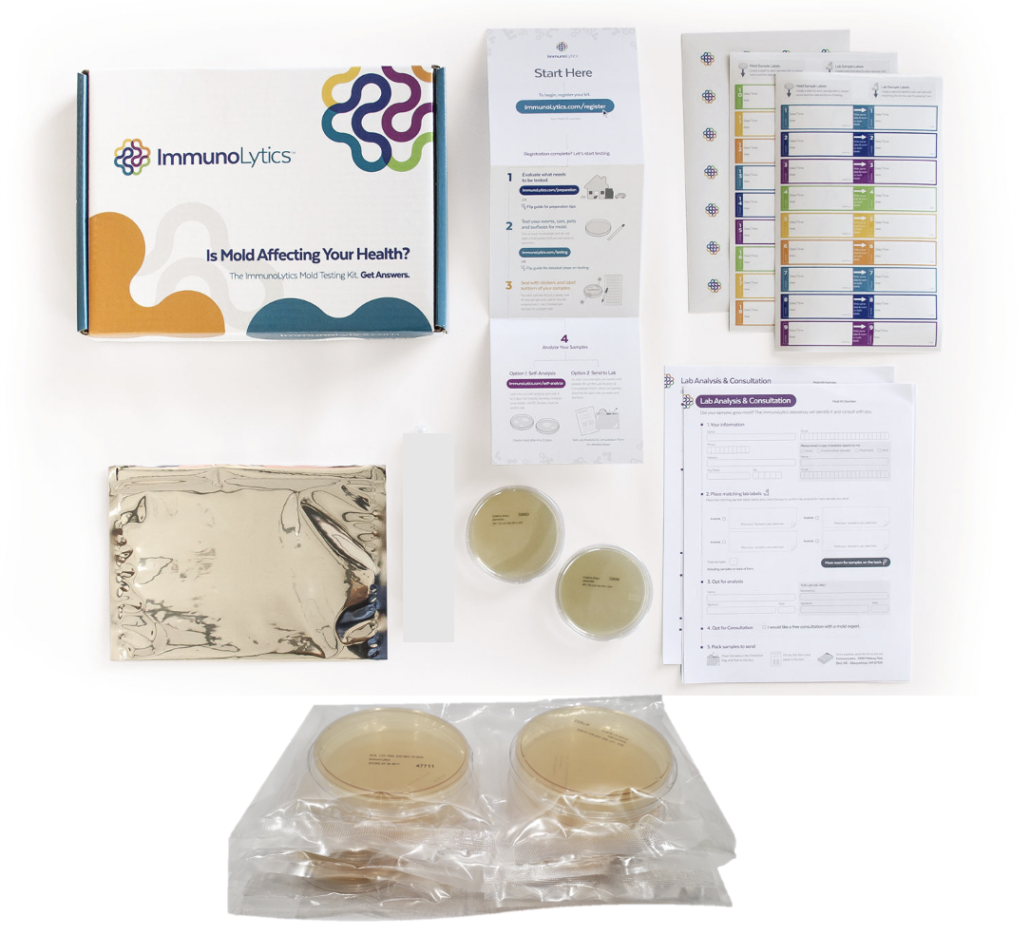Why You Should Consider Mold Fogging?
A Very Effective DIY Tool to Address Systemic Mold in a Home
By Cesar Collado
Patients experiencing sensitivities in their home will face many difficult decisions regarding alternatives when a physician suggests their home is making them sick. There exists a little known, but well validated, method for addressing systemic mold in a home. Many mold professionals use “Hot Fogging” when remediating a home if they want to avoid chemical toxicities. This is often at the request of the client. These products come with simple to use instructions for DIY options to reduce the mold counts in your home in order to breath higher quality indoor air. Sometimes, this is a necessity when waiting for a home to be inspected and remediated.
DIY Hot Fogging can reduce mold counts to close to zero and reach almost all exposed surface area in a home at the same time. This coupled with HEPA vacuuming and air purification can reduce levels to where you can feel better in your home if it is not too far gone. There are cases where certain home situations can be hopeless. You need a proper building science professional to determine if that is the case.
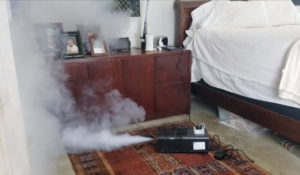 Mold takes a while to get a foothold, but maintenance can be a short-term solution or even a longer term solution for people who rent and may not have a choice. Systemic fogging also provides valuable information regarding symptoms, the source of the mold, home leakages identified where the fog escapes, and retesting the home after you fog. Time can also help a home owner to manage their financial alternatives and possibly prevent “scope creep.” This can occur when less experienced mold remediators who are also general contractors suggest more remodeling in the remediation than necessary. this can drive costs up significantly. In addition, when using a remediator who is not grounded in building science and mold expertise, mold will often reemerge in the remodeled home.
Mold takes a while to get a foothold, but maintenance can be a short-term solution or even a longer term solution for people who rent and may not have a choice. Systemic fogging also provides valuable information regarding symptoms, the source of the mold, home leakages identified where the fog escapes, and retesting the home after you fog. Time can also help a home owner to manage their financial alternatives and possibly prevent “scope creep.” This can occur when less experienced mold remediators who are also general contractors suggest more remodeling in the remediation than necessary. this can drive costs up significantly. In addition, when using a remediator who is not grounded in building science and mold expertise, mold will often reemerge in the remodeled home.
Unfortunately, the debilitating symptoms from mold exposure will not go away until you are no longer exposed. The EPA estimates people spend on average of 93% of their lives inside. In fact, the Air we breath can be 5 times more important than all medicine, doctors, or treatments available to patients1. Clean air is essential for medical healing.
For clarity, this means that if you do not remove both the mold and the source of the moisture in your home, it is unlikely that you will get better due to continuous living in a moldy home. More and more literature suggest that clean air is essential in helping a body heal. The body cannot heal if inhaled mold is continuously taxing your immune system.
Mold Everywhere?
Mold is ubiquitous, both inside homes and 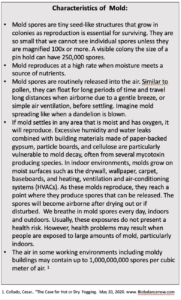 outside. Mold can exist in home walls and floors while being dormant. It is impossible to remove all mold from a home. When it dries naturally within a day, it can simply becomes dormant until new moisture reactivates it again. Mold plays an important role as part of the normal decaying process in nature. We all see it outdoors, in our bathrooms, and other places inside and outside our homes. This is normal and we accept it.
outside. Mold can exist in home walls and floors while being dormant. It is impossible to remove all mold from a home. When it dries naturally within a day, it can simply becomes dormant until new moisture reactivates it again. Mold plays an important role as part of the normal decaying process in nature. We all see it outdoors, in our bathrooms, and other places inside and outside our homes. This is normal and we accept it.
When there is a leak, moisture issue, or water damage in a home, today’s most popular building materials create fertile ground for many dangerous mycotoxin producing molds. Today, gypsum/paper-backed drywall and cellulose products are standard in all homes. These product can absorb water and are nutrients for many toxic molds such as Aspergillus, Penicillium, Stachybotrys, Chaetomium, Alternaria, Fusarium, Trichoderma, Wallemia, and. Cladosporium. Solid wood has been replaced with particle board products, and other furnishings that contain formaldehyde, cellulose, or adhesives along with other toxic chemicals used as flame retardants. Unfortunately, when mold contaminates a home, it is insidious, resilient, and difficult to completely eradicate from both decaying materials and the air. Mold is also common when cosmetic building materials are used to create a facade of brick, stone, or simply wallpaper. Anywhere, there is a gap between materials, moisture can accumulate.as
The Removal of Airborne Mold Requires a Physical or Mechanical Effort.
To completely remediate a home, mold must be removed from building materials as well as the breathable air and airflow of an HVAC. Decaying materials cannot be salvaged and must be removed all together. The near impossible challenge is that in order to clean mold, it will be disturbed during the wiping, scrubbing or physical removal of material processes. When this occurs, airborne spores are readily released and have the ability to remain airborne for hours and contaminate other rooms in homes, and possibly distributed throughout the home by the ventilation system. Professional mold remediators will often have to completely seal portions of the home and HVAC systems using floor to ceiling plastic sheets sealed with tape. They will also either create negative or positive pressure within the contained area to funnel moldy exhaust outside the home, or filter the air through a HEPA air scrubber. Air scrubbers will quickly clean air in a space. They become essential when removing mold disturbed spores will become airborne. Hot fogging a home after remediation is another way to address all areas in a home as well as to treat hidden surface areas that may not have been not treated during remediation.
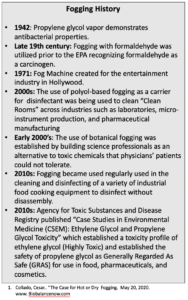
Surprisingly, the dry or hot fogging innovation was originally developed by the entertainment industry for special effects during the 1970s using dry ice. In fact, one of the preeminent fog machine producers in Germany, Gunter Schaidt, Safex Chemie GmbH, received an Academy Award in the category of Technology in Cinema (“Oscar”) for “non-toxic liquid for artificial fog” in 1984. The entertainment industry has also worked closely with the EPA to establish safety by conducting an extensive scientific study, “Health Effects Evaluation Of Theatrical Smoke, Haze, And Pyrotechnics”.
Mold sensitive patients are often chemically sensitive. This means that chemical cleaning products can be especially toxic or harmful to sensitive occupants. Building science experts, knowledgeable IAQ professionals within the HVAC industry, and a select number of mold remediation pros that work with physicians will, as a policy or by request, turn to all-natural products known for their antimicrobial activity. Using a hot fogging method, they are able to physically remove mold from the air and surfaces rather than just kill the microbes and leave remaining debris and toxins in the air or on surfaces.
Botanical Fogging Safety
Propylene glycol fogging has been used in the entertainment 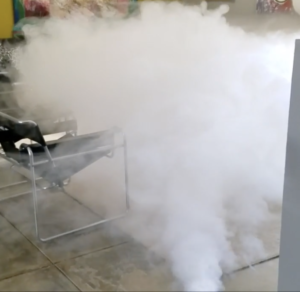 business and as a necessary training tool for fire fighters, military, and other rescue professionals. Hot fogging has also been adopted by the pharmaceutical industry, hospitals, and food production, and manufacturing for cleaning. Hot fog is cost and time effective when cleaning and sanitizing hospitals, clean rooms for manufacturing electronic components, and research labs. Fogging is also used with large scale food production equipment. Prior to fogging, instruments would need to be disassembled after each use which is time consuming, expensive, and created opportunity costs.
business and as a necessary training tool for fire fighters, military, and other rescue professionals. Hot fogging has also been adopted by the pharmaceutical industry, hospitals, and food production, and manufacturing for cleaning. Hot fog is cost and time effective when cleaning and sanitizing hospitals, clean rooms for manufacturing electronic components, and research labs. Fogging is also used with large scale food production equipment. Prior to fogging, instruments would need to be disassembled after each use which is time consuming, expensive, and created opportunity costs.
The hot fog can reach everywhere in a room including holes, crevices, and beneath and around large furnishings. Pressure manipulation in the form of positive and negative pressurization can be used to drive the fog into the near impossible to reach areas in a room or to funnel exhaust and airborne particles such as mold spores, bacteria, dust, and other microbes outdoors.
How Does Botanical Fogging Work?
Mold, bacteria, and other microbes are social organisms. In an earlier article of mine, Biofilms in Chronic Inflammation and Infections, I explain how diverse microorganisms form together with sugars to make a film that protects the microbes from any antimicrobial threats. An example of biofilm is the thin film that developed on teeth when they haven’t been brushed for a while. In the air, the coming together activity is called agglomeration. The small particle ions are attracted to other ions and cluster together.
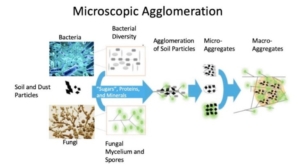
When heated, propylene glycol fog creates a “fog, smoke, or vapor” with microscopic droplets that can rise to reach all areas in the room. Hot Foggers can disburse 1,500 to 20,000 cubic feet per minute into a room. The fog is composed of heated mini-droplets of the botanical that are approximately 10 microns in size. Fogging at this rate allows the fog to become dense in the room to the degree that you cannot see through the fog. The fog droplets are also social and adhere to the floating fragments & spores that continue the agglomeration. the botanical blend is a combination of natural oils from a variety of citrus seed extracts known for their anti fungal properties. Lemom and lime juice has been used as a preservative for many perishable foods for ages.
Allowing the fog to settle over a period of 12 hours is sufficient for the botanicals to be directly exposed to the mold spores where time and gravity to pull the particles, organisms, and debris to the floor or other horizontal surfaces. The fog then evaporates, leaving a microscopic layer of the botanical. Now the spore remains (which may still be allergens or toxic) can be removed using a HEPA vacuum. If you do not use a HEPA vacuum, the debris will simply be redistributed by the vacuum into the air!
The Propylene glycol used as a carrier is food grade and is regarded by the FDA as Generally Regarded As Safe (“GRAS”), and the microscopic layer left of the all-natural botanical is safe to the touch and for food preparation surfaces. Following the settle time, a thorough cleaning of all surfaces must be done with a HEPA vacuum and surfaces wet wiped with microfiber cloths or disposable rags.
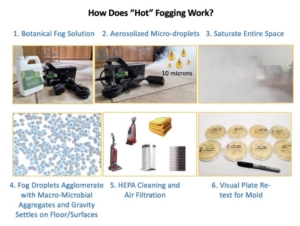
DIY Hot Fogging
DIY fogging takes some planning, settling time (up to 12 hours) and effort. However, it is a safe activity to do yourself to improve home safety and save money. DIY fogging will fully saturate the room with fog, which will agglomerate with the mold spores and other pollutants so they will fall to floor and horizontal surfaces.
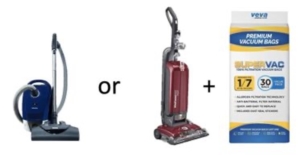 A HEPA vacuum will remove virtually all of the biological debris and particles. (Note: it must be a HEPA Cannister vacuum designed for this purpose or an upright vacuum with HEPA specially designed bags.)
A HEPA vacuum will remove virtually all of the biological debris and particles. (Note: it must be a HEPA Cannister vacuum designed for this purpose or an upright vacuum with HEPA specially designed bags.)
Regular home vacuums and shop vacs will collect microscopic particles and will recirculate them into the air. Bagless cannister vacuums create significant risk as you are exposed to an overwhelming number of disturbed or airborne toxic particles of dust when emptying. Mold spore debris is just as dangerous as mold spores when inhaled.
One benefit of hot fogging is that you do not have to remove all of the contents of the room to fog. The fog will reach all of your items on all sides. It is sometimes recommended to open cabinets, drawers, closets, etc. to allow the fog to reach all belongings. It is also recommended that individual items be cleaned with an appropriate product or concentrated hydrogen peroxide.
DIY Misting
Cold fogging or misting is often used in a similar manner to the hot fog. The cold fogger aerosolizes the liquid into droplets of approximately 25 microns in size. The mister is limited to the spray pattern of the mist and gravitational drop once the droplets reach their peak. It can reach many hard to reach places; however, it will not force itself into cracks, seams, and crevices or the back side of objects being misted. Misting still requires cleaning before and after if being used as a means to remediate. Given the limitations, misting can still be used very effectively if done regularly. It is also effective in removing putrid and musty odors that come from bacteria, yeast, and mold. On the downside, larger cold foggers can be heavy to handle for many.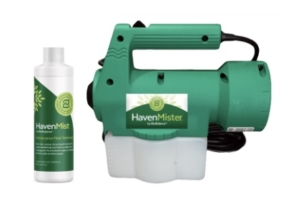 The HavenMister by BioBalance is the smaller quality fogger that is an effective misting alternative that will weighs in at less than 7 lb. and can easily be maneuvered.
The HavenMister by BioBalance is the smaller quality fogger that is an effective misting alternative that will weighs in at less than 7 lb. and can easily be maneuvered.
You can learn more about foggers and other products by clicking on Products That Our Experts Recommend button above or click HERE. with regards to all the products I recommend, each company is very responsive when called with questions. BioBalance, in particular, provides exceptional phone support by experienced experts in fogging when their products are purchased.
If you would like to share your story or have a question, please feel free to comment on this article or you can email me at cesarrcollado@gmail.com.
- Manchanda, Rishi MD. “The Air We Breathe”. Ted Talk. September 15, 2014
- Moline, Jacqueline MD et. al, Department of Community and Preventive Medicine Mount Sinai School of Medicine. “Health Effects Evaluation Of Theatrical Smoke, Haze, And Pyrotechnics”. Equity-League Pension and Health Trust Funds. June 6, 2000.
- Robertson, O. et. al. “The Bactericidal Action of Propylene Glycol Vapor On Microorganisms Suspended in Air.” Journal of Experimental Medicine. June 1, 1942.
- McNary, Dave. “Richard Glickman, Engineer and Fog Machine Inventor dies at 91. Variety. Feb 23 2018.
- “Science And Technical Oscars Awarded” Los Angeles Times. March 18, 1985
- Marlow, Jeffrey. “Microbes are More Social Than You Think, But Not Always in a Good Way” Discover. August 22, 2016

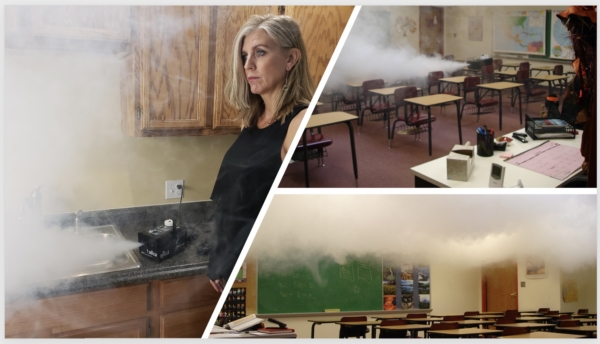

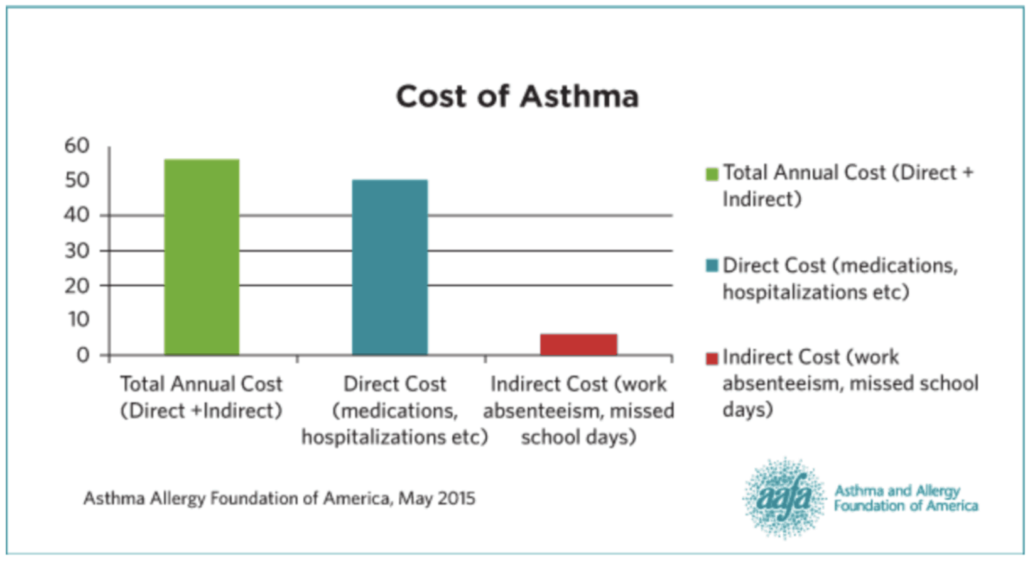
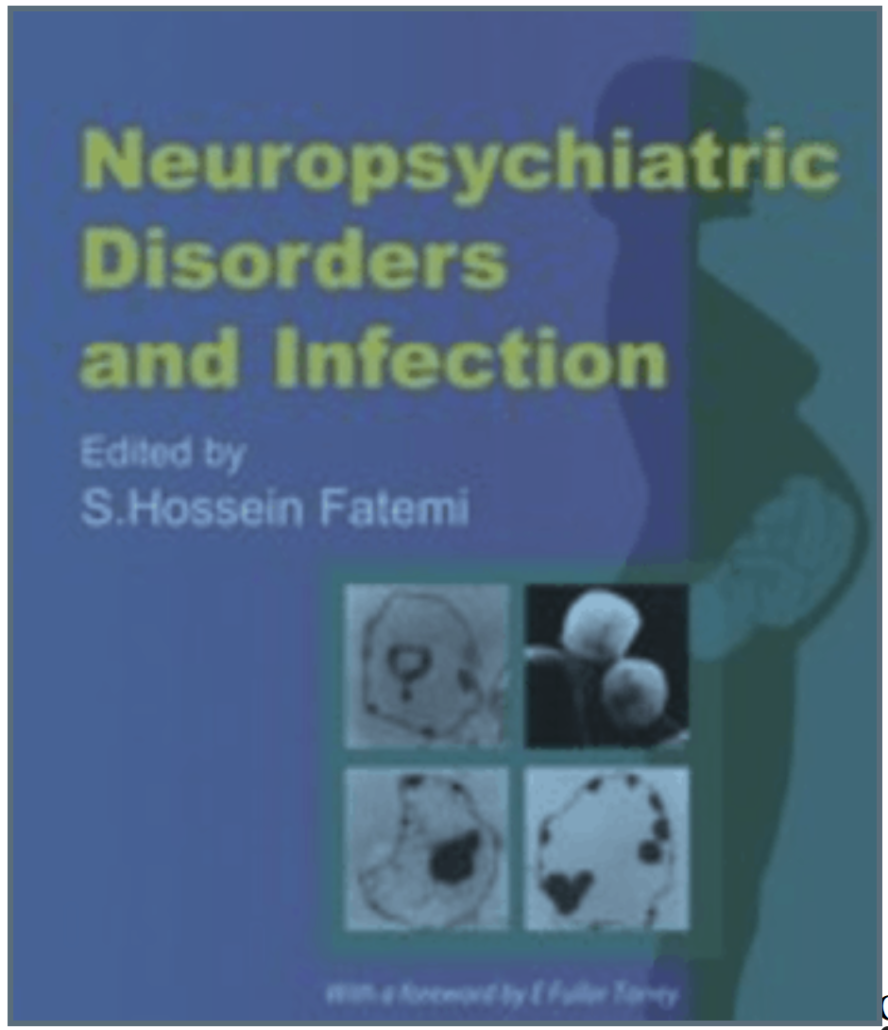



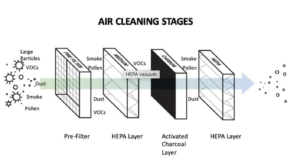
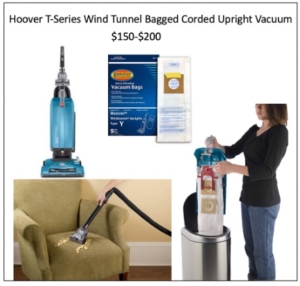
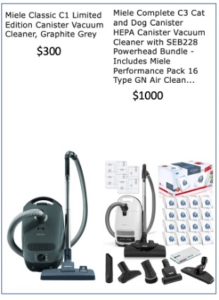
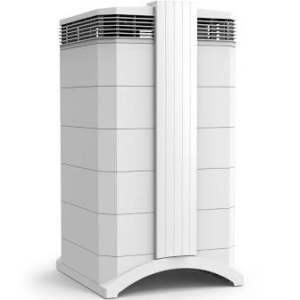
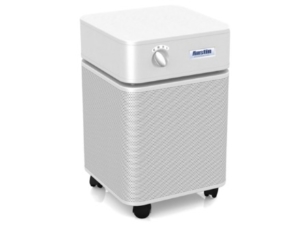
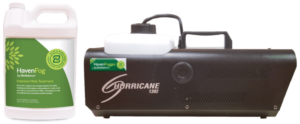
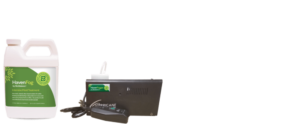
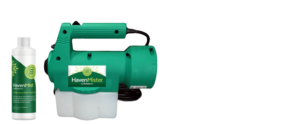
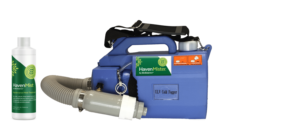
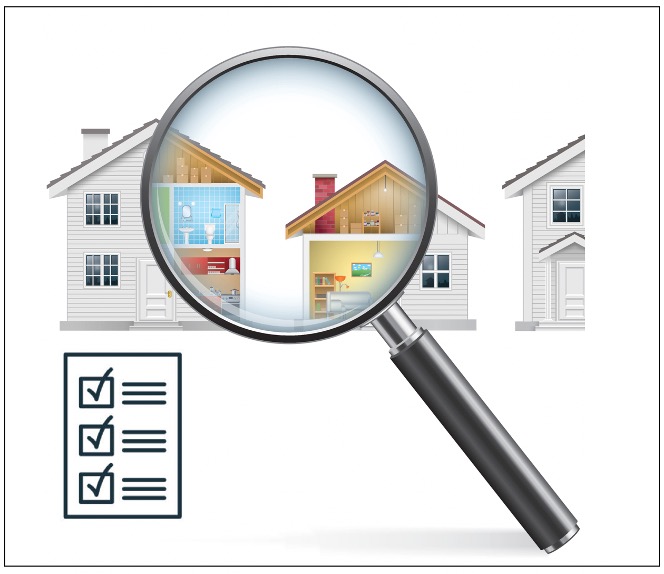
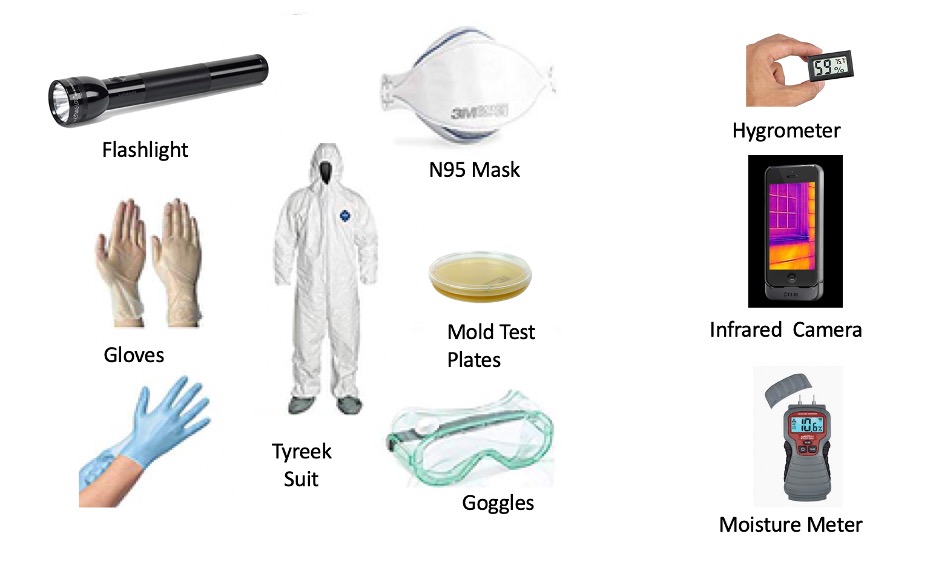
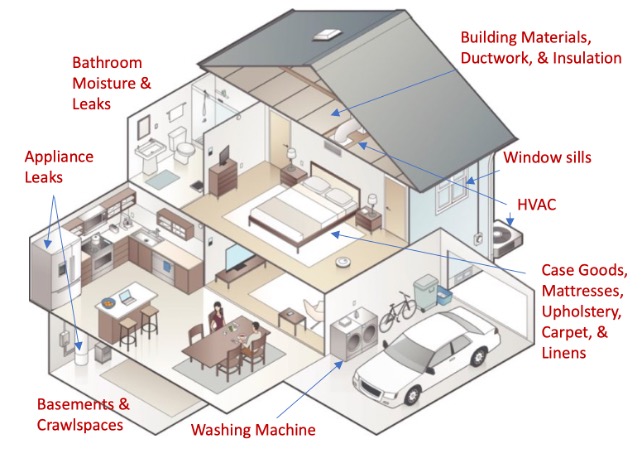
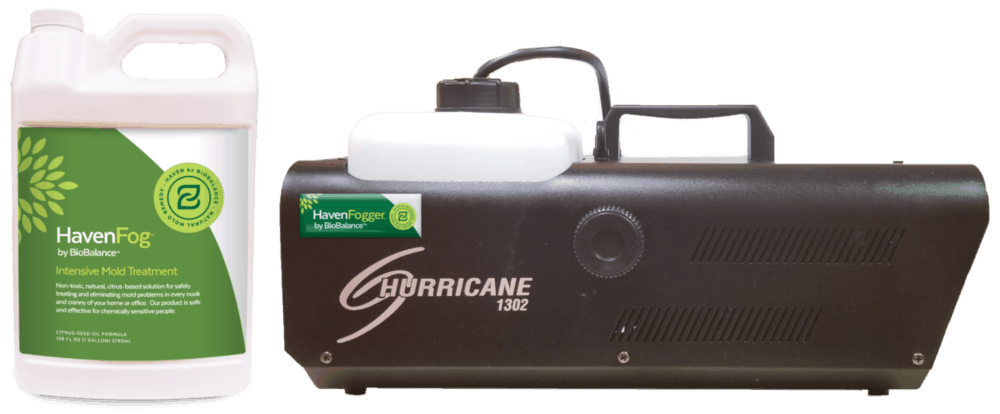
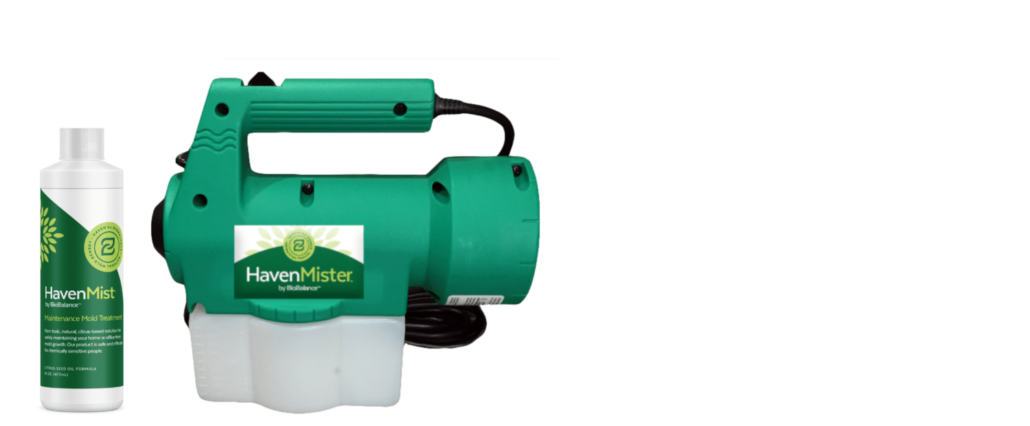
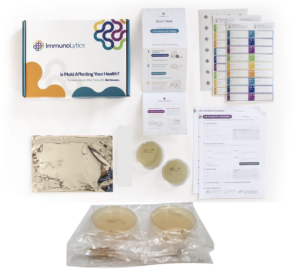





 Since the majority of mold is inhaled, the largest concentration of mycotoxins exists in the sinus mucosal tissue. Currently, there are no diagnostics to test for mycotoxins in the sinuses. Because the sinuses reside adjacent to the cerebral spinal fluid around the brain, direct exposure to the brain can cause significant neurological symptoms without being detected in a urine test for mycotoxins. I know of few cases where ENTs have removed damaged tissue from the sinuses during surgery and have tested that tissue for mycotoxins after the procedure (similar to a cancer biopsy). This is NOT the norm for most ENTs I have encountered, though. In fact, I only know of one who has embraced this practice. Most ENTs refer patients with neurological symptoms to a neurologist.
Since the majority of mold is inhaled, the largest concentration of mycotoxins exists in the sinus mucosal tissue. Currently, there are no diagnostics to test for mycotoxins in the sinuses. Because the sinuses reside adjacent to the cerebral spinal fluid around the brain, direct exposure to the brain can cause significant neurological symptoms without being detected in a urine test for mycotoxins. I know of few cases where ENTs have removed damaged tissue from the sinuses during surgery and have tested that tissue for mycotoxins after the procedure (similar to a cancer biopsy). This is NOT the norm for most ENTs I have encountered, though. In fact, I only know of one who has embraced this practice. Most ENTs refer patients with neurological symptoms to a neurologist.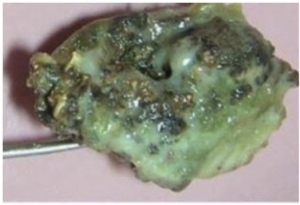 It is a significant challenge to even find ENTs who treat fungal sinusitis other than surgical removal of “fungal balls.” I receive numerous accounts of patients seeing ENTs for mold without success or frustrated with the outcome. It is also rare for an ENT or any specific specialist to treat the body in an integrative manner. This is no fault of theirs as the specialty that they are licensed to practice is very focused. The burden to find such doctors falls on the patients.
It is a significant challenge to even find ENTs who treat fungal sinusitis other than surgical removal of “fungal balls.” I receive numerous accounts of patients seeing ENTs for mold without success or frustrated with the outcome. It is also rare for an ENT or any specific specialist to treat the body in an integrative manner. This is no fault of theirs as the specialty that they are licensed to practice is very focused. The burden to find such doctors falls on the patients.